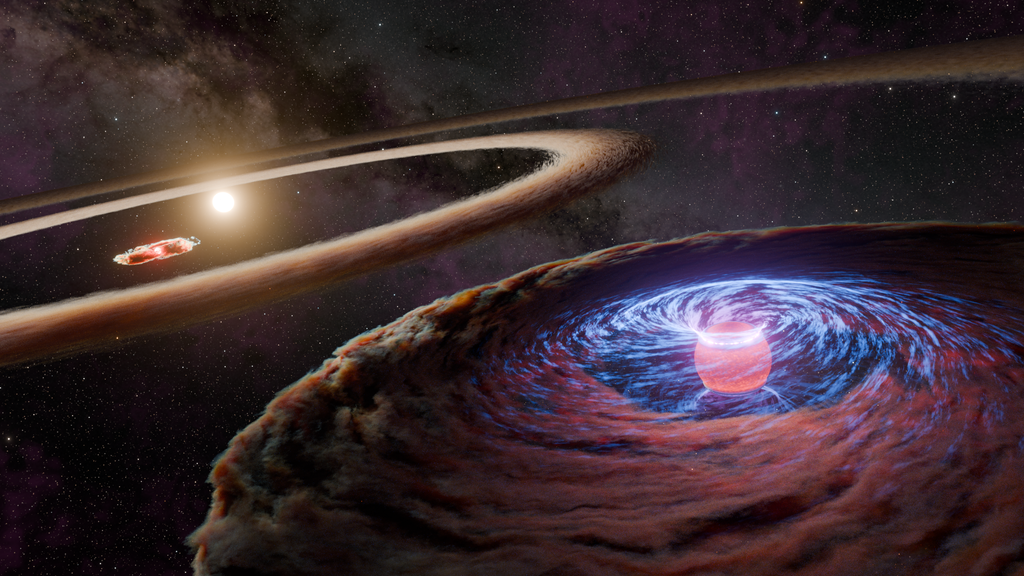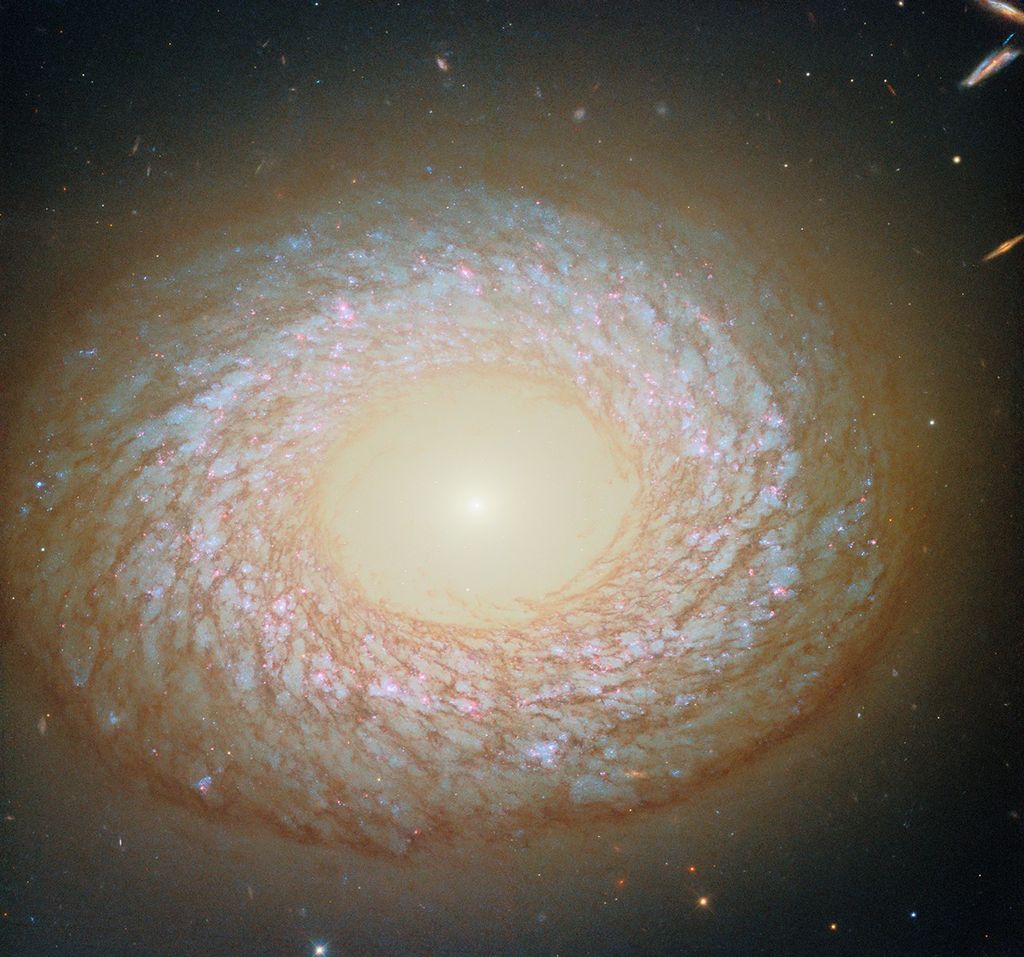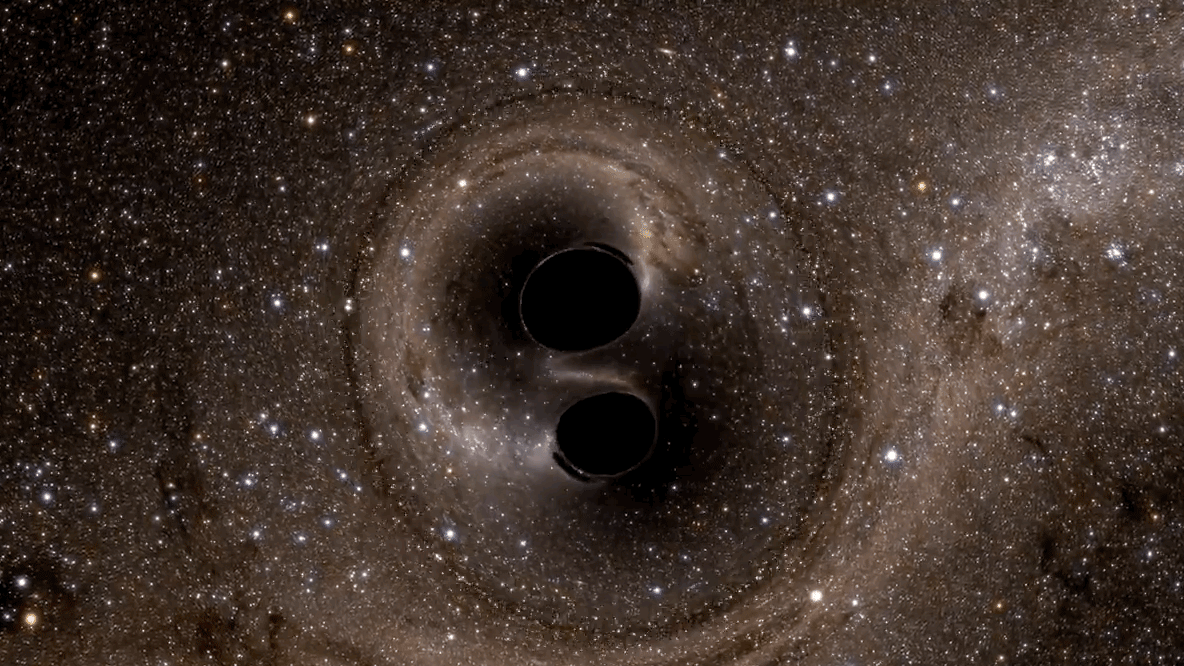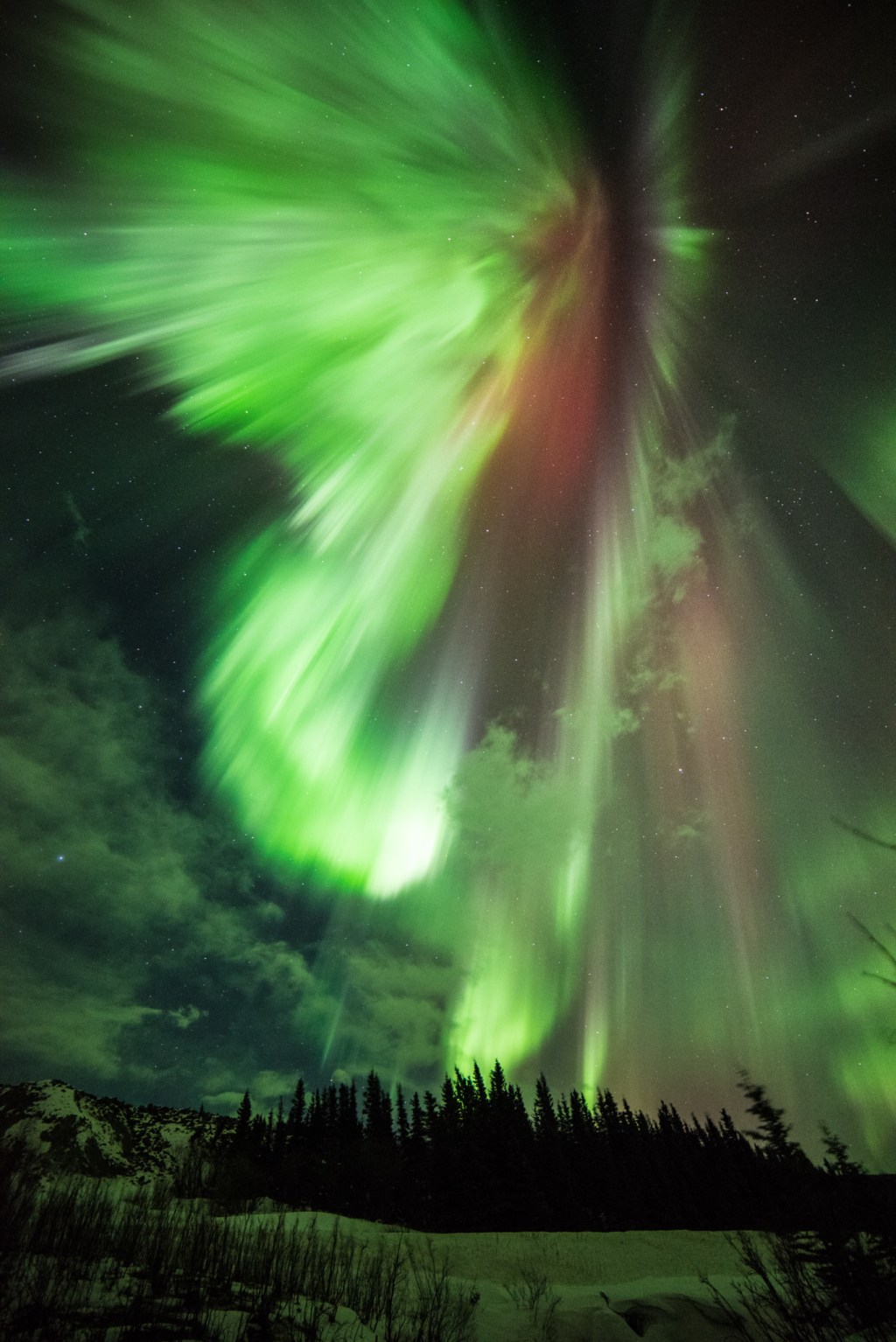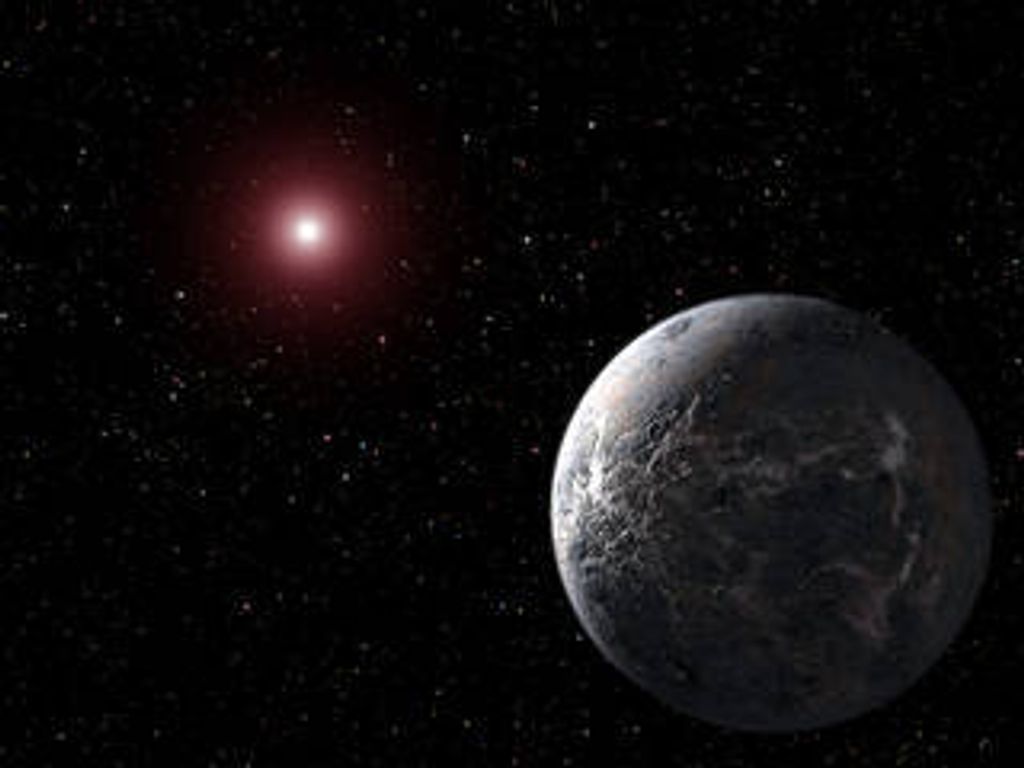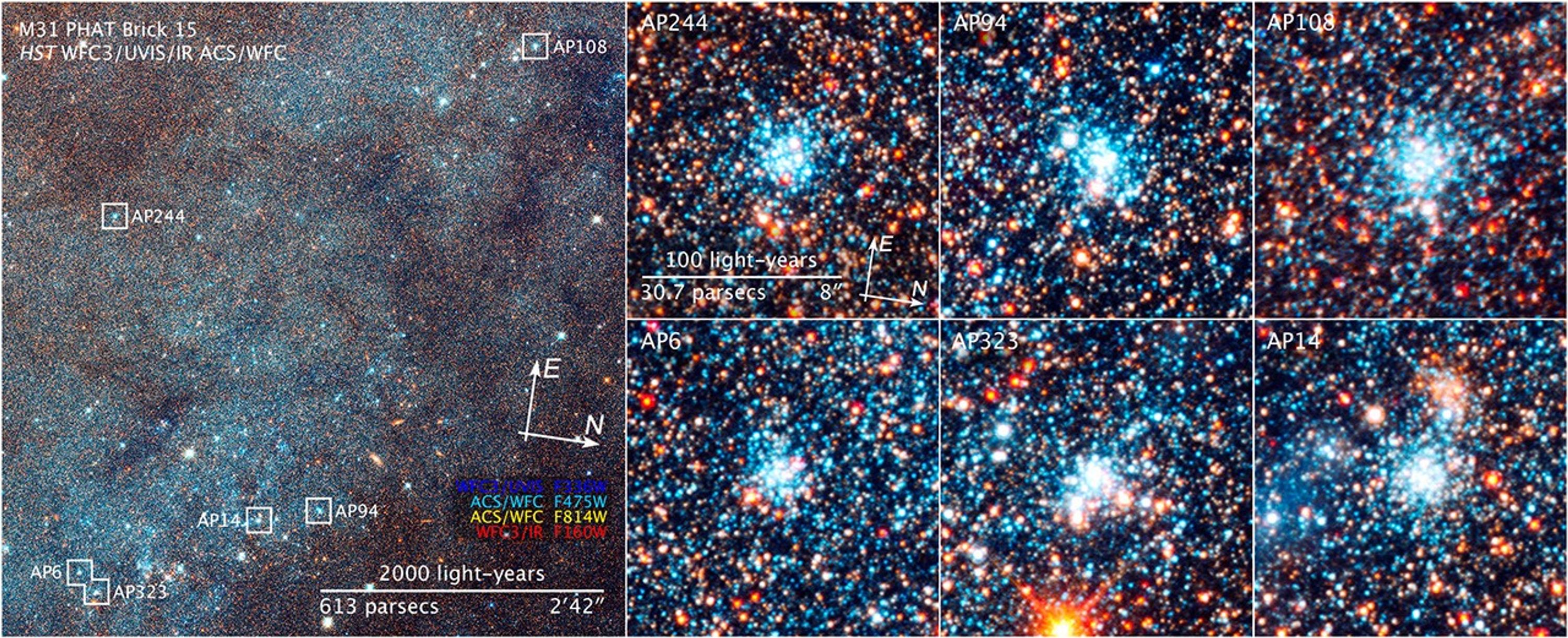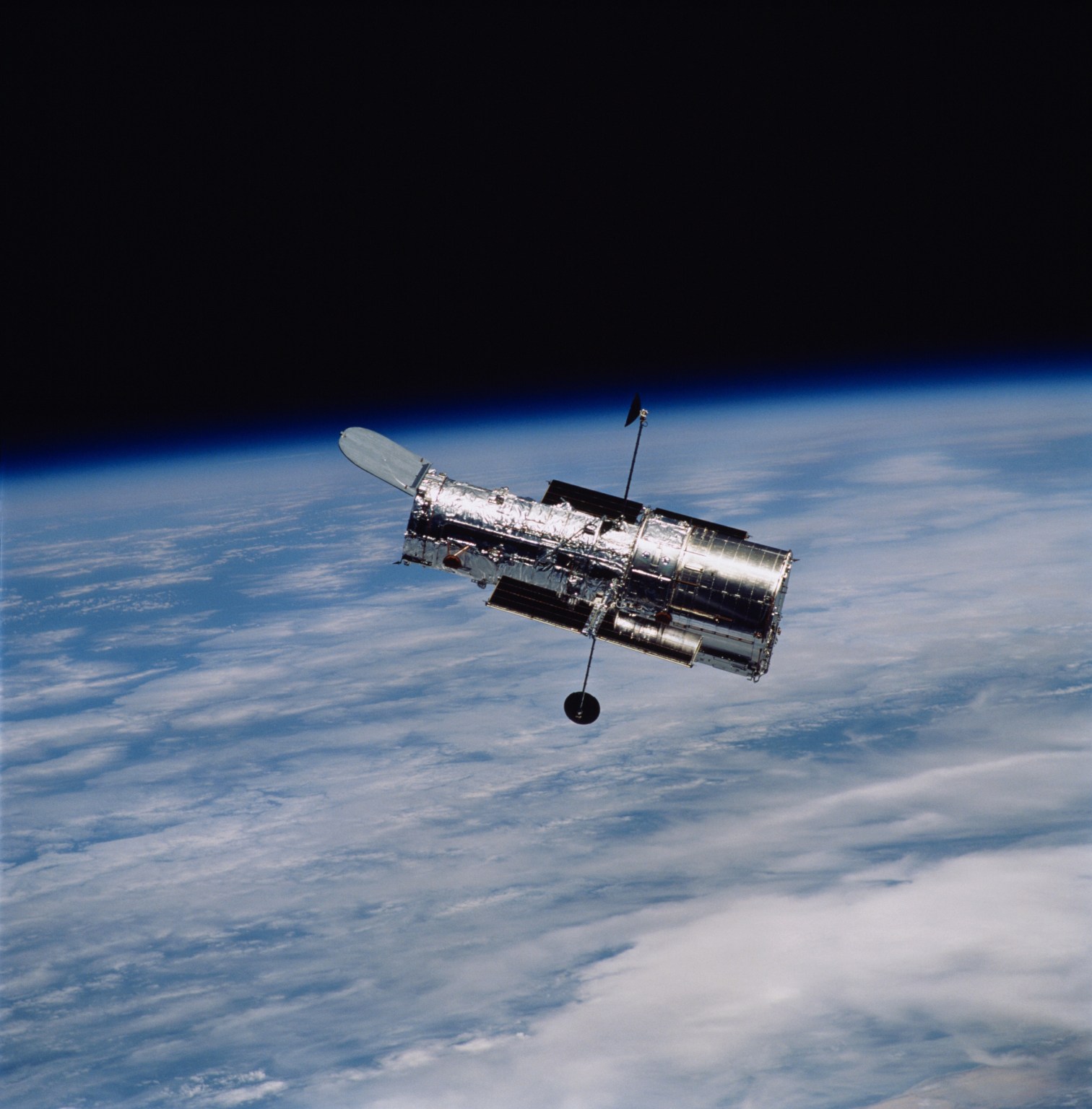1 min read
Closeup of Region of Andromeda Galaxy and Star Clusters

About the Object
- R.A. PositionR.A. PositionRight ascension – analogous to longitude – is one component of an object's position.00h 42m
- Dec. PositionDec. PositionDeclination – analogous to latitude – is one component of an object's position.+41° 15'
- ConstellationConstellationOne of 88 recognized regions of the celestial sphere in which the object appears.Andromeda
- DistanceDistanceThe physical distance from Earth to the astronomical object. Distances within our solar system are usually measured in Astronomical Units (AU). Distances between stars are usually measured in light-years. Interstellar distances can also be measured in parsecs.2.5 million light-years (0.8 megaparsecs)
About the Data
- Data DescriptionData DescriptionProposal: A description of the observations, their scientific justification, and the links to the data available in the science archive.
Science Team: The astronomers who planned the observations and analyzed the data. "PI" refers to the Principal Investigator.Data of M31 were obtained from the HST PHAT Treasury Proposals: P.I. J. Dalcanton (University of Washington) et al. 12055, 12056, 12057, 12058, 12059, 12076, 12070, 12071, 12072, 12073, 12074, 12075, 12114, 12105, 12106, 12107, 12108, 12109, 12111, 12112, 12113, 12114, and 12115. The science team comprises: D. Weisz and L.C. Johnson (University of Washington), D. Foreman-Mackey (New York University), A. Dolphin (Raytheon Company), L. Beerman, B. Williams, and J. Dalcanton (University of Washington), H.-W. Rix (Max Planck Institute for Astronomy, Heidelberg), D. Hogg (New York University/Max Planck Institute for Astronomy, Heidelberg), M. Fouesneau (Max Planck Institute for Astronomy, Heidelberg), B. Johnson (Harvard-Smithsonian Center for Astrophysics), E. Bell (University of Michigan), M. Boyer (STScI), D. Gouliermis (Max Planck Institute for Astronomy/University of Heidelberg), P. Guhathakurta (University of California, Santa Cruz), J. Kalirai (STScI), A. Lewis (University of Washington), A. Seth (University of Utah), and E. Skillman (University of Minnesota). - InstrumentInstrumentThe science instrument used to produce the data.HST>ACS/WFC, HST>WFC3/UVIS, and HST>WFC3/IR
- Exposure DatesExposure DatesThe date(s) that the telescope made its observations and the total exposure time.July 2010 - October 2013
- FiltersFiltersThe camera filters that were used in the science observations.F336W (U), F475W (g), F814W (I), and F160W (H)
- Object NameObject NameA name or catalog number that astronomers use to identify an astronomical object.M31, Andromeda Galaxy
- Object DescriptionObject DescriptionThe type of astronomical object.Spiral Galaxy
- Release DateSeptember 3, 2015
- Science ReleaseHubble Survey Unlocks Clues to Star Birth in Neighboring Galaxy
- Credit

This images is a composite of separate exposures acquired by the ACS and WFC3 instruments on the Hubble Space Telescope. Several filters were used to sample broad wavelength ranges. The color results from assigning different hues (colors) to each monochromatic (grayscale) image associated with an individual filter. In this case, the assigned colors are: Blue: WFC3/UVIS F336W (U) Green: ACS/WFC F475W (g) Yellow: ACS/WFC F814W (I) Red: WFC3/IR F160W (H)

Related Images & Videos
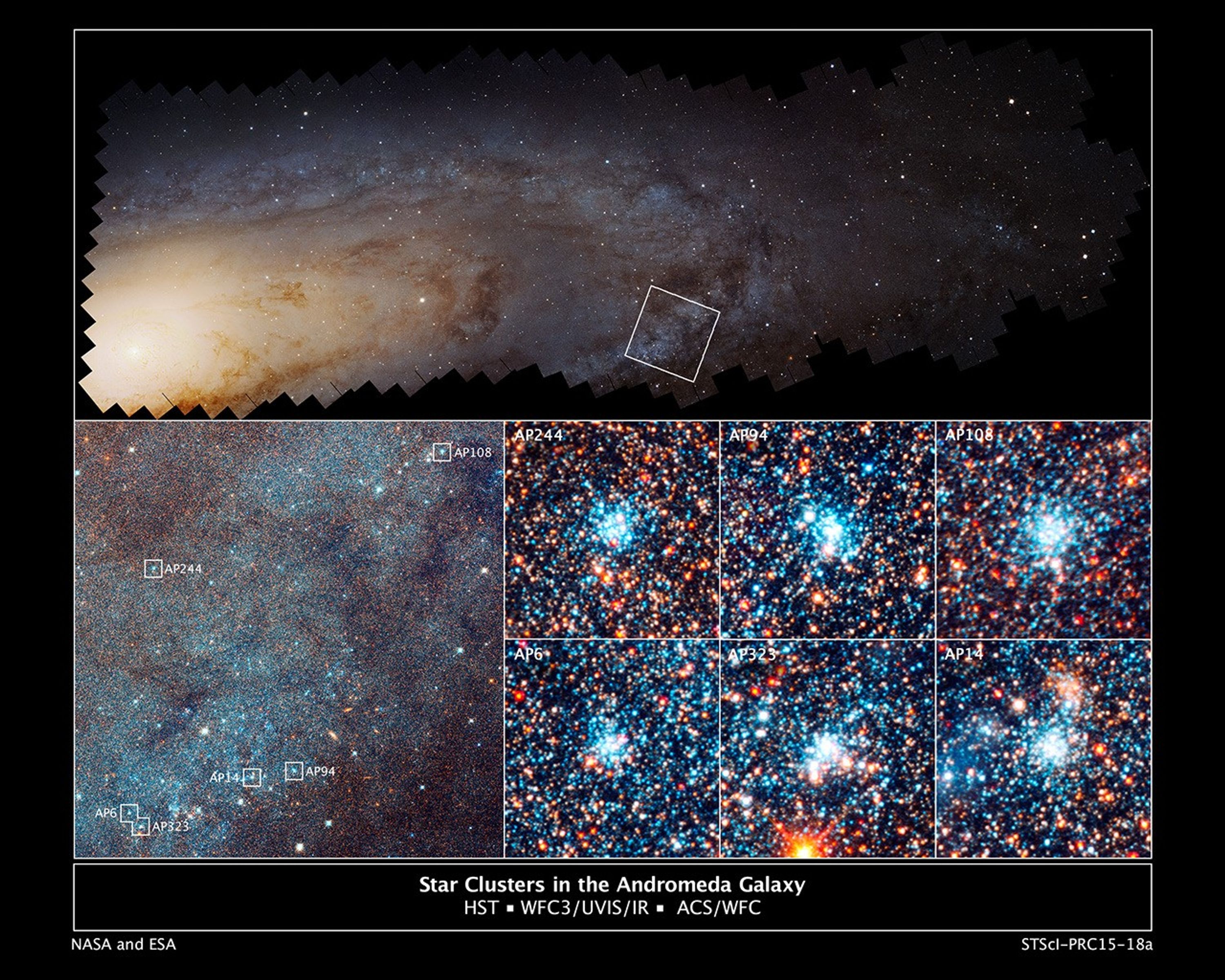
Star Clusters in the Andromeda Galaxy
[Top] – This is a Hubble Space Telescope mosaic of 414 photographs of the nearest major galaxy to our Milky Way galaxy, the Andromeda galaxy (M31). The vast panorama was assembled from nearly 8,000 separate exposures taken in near-ultraviolet, visible, and near-infrared light....
Share
Details
Claire Andreoli
NASA’s Goddard Space Flight Center
Greenbelt, Maryland
claire.andreoli@nasa.gov

